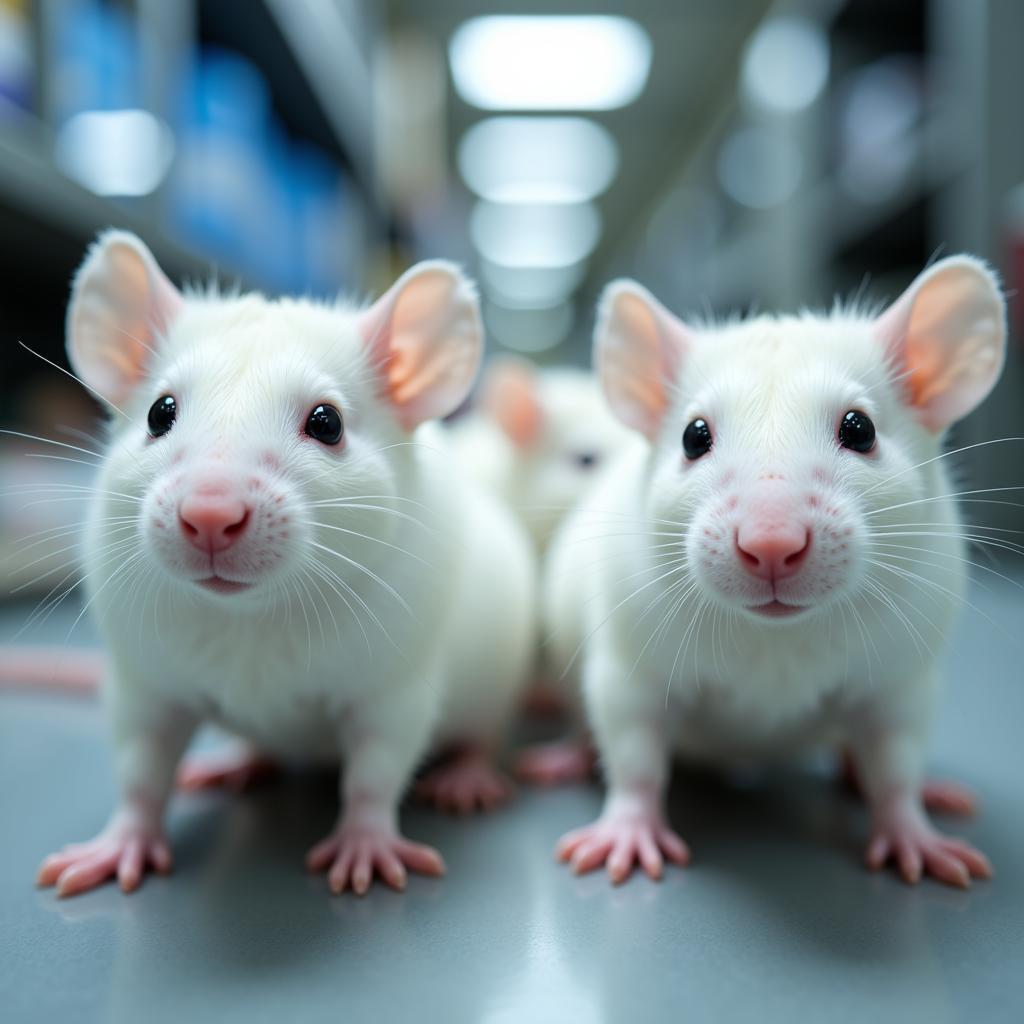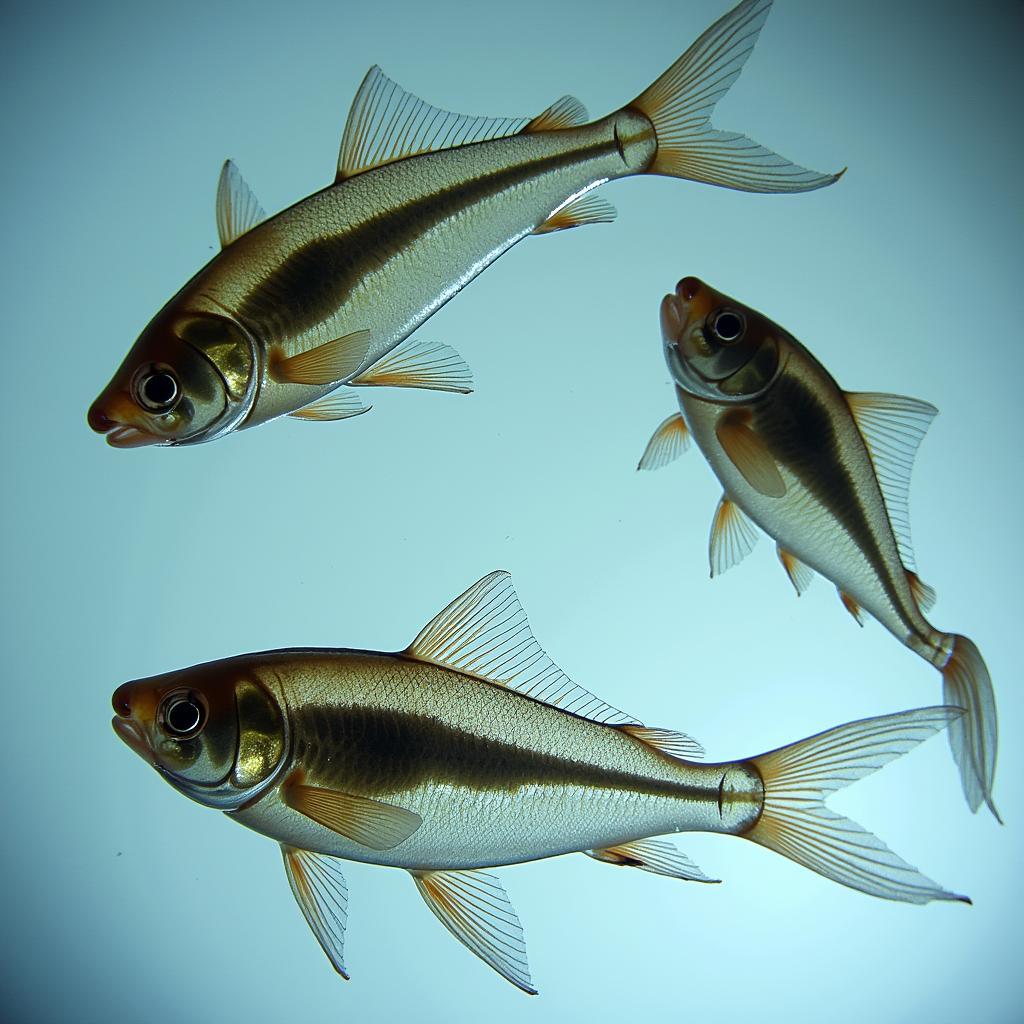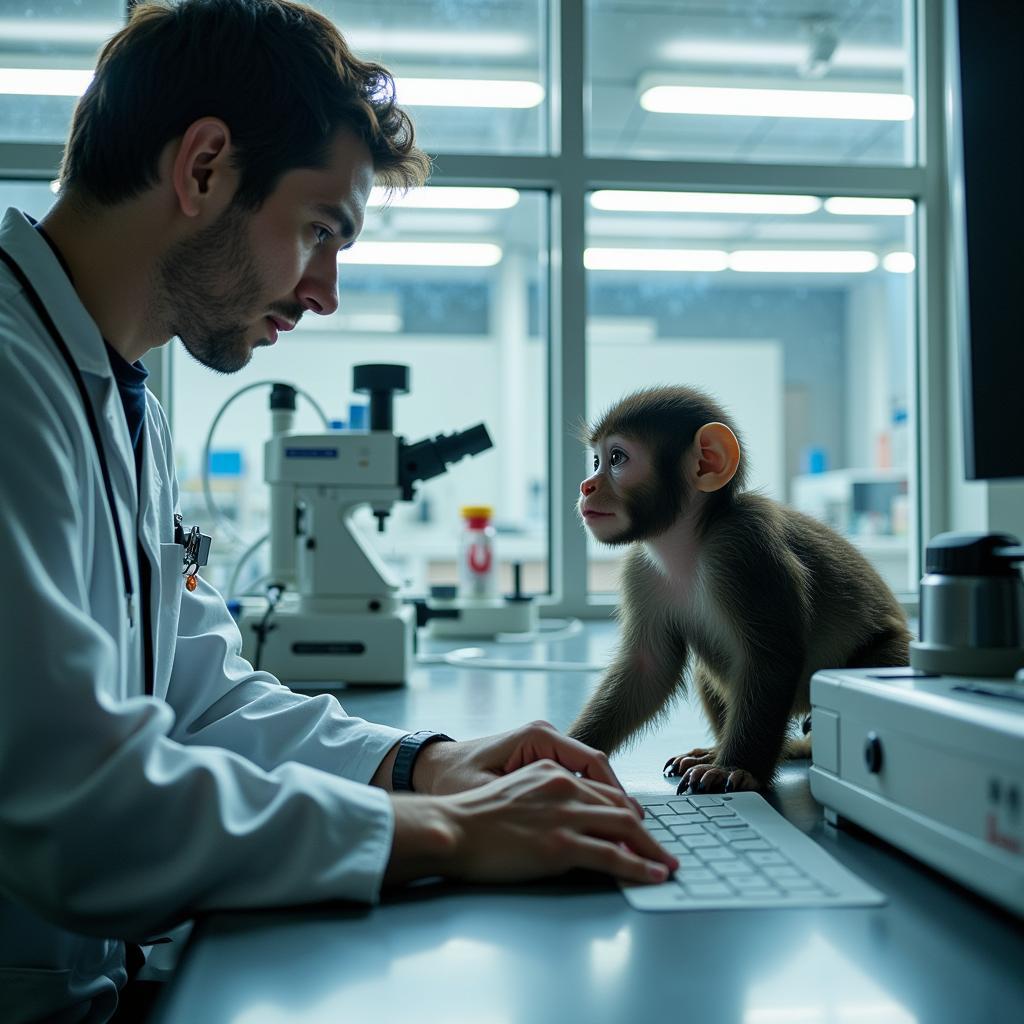Animal research has played a crucial role in numerous scientific breakthroughs, contributing to the development of vaccines, antibiotics, and life-saving treatments for both humans and animals. However, the use of animals in research remains a complex and ethically debated topic. Understanding which species are most commonly used and why can shed light on this multifaceted issue.
The Most Frequent Research Subjects: A Look at Rodents
 Laboratory Mice Used in Animal Research
Laboratory Mice Used in Animal Research
By far, rodents, particularly mice and rats, are the most commonly used species in animal research. They constitute an estimated 70-80% of all research animals worldwide. Several factors contribute to their prevalence:
- Biological Similarities to Humans: While not identical, rodents share a surprising degree of genetic and physiological similarity with humans. This makes them valuable models for studying a range of human diseases and conditions.
- Short Lifespan and Rapid Reproduction: Their short lifespans allow researchers to study the progression of diseases over a compressed timeframe. Moreover, their ability to reproduce quickly and in large numbers provides ample subjects for statistically significant studies.
- Cost-Effectiveness: Rodents are relatively inexpensive to house and care for compared to larger animals, making them a more accessible option for research institutions.
- Genetic Malleability: Advances in genetic engineering have made it possible to create rodent models with specific genetic modifications, further enhancing their value in studying diseases with a genetic basis.
Beyond Rodents: Exploring Other Animal Models
While rodents dominate the field, other species also play vital roles in various research areas:
Zebrafish: Tiny Fish with Transparent Potential
 Zebrafish Embryos Under Microscope: An Animal Model
Zebrafish Embryos Under Microscope: An Animal Model
These small, translucent fish have gained significant traction as model organisms, particularly in developmental biology and genetics research. Their transparent embryos allow for real-time observation of organ development and cellular processes.
Fruit Flies: Unlocking Genetic Secrets
Despite their small size, fruit flies, or Drosophila melanogaster, have been instrumental in genetic research for over a century. Their rapid life cycle and well-characterized genome make them ideal for studying gene function and inheritance patterns.
Non-Human Primates: Ethical Considerations and Specialized Research
 Researcher Observing Primate Behavior in Controlled Environment
Researcher Observing Primate Behavior in Controlled Environment
The use of non-human primates, such as monkeys, is limited and subject to stringent ethical regulations. Their close evolutionary relationship to humans makes them valuable for specific research areas, including neuroscience, infectious disease research, and vaccine development. However, their use is often a last resort, employed only when no other animal model can provide the necessary insights.
The Future of Animal Research: The 3Rs and Beyond
The scientific community recognizes the ethical responsibility associated with animal research. The “3Rs” principle—replacement, reduction, and refinement—guides efforts to minimize animal use and suffering:
- Replacement: Seeking alternative methods to animal models, such as computer simulations and in vitro studies, whenever possible.
- Reduction: Utilizing experimental designs and statistical analyses that maximize data output while minimizing the number of animals used.
- Refinement: Implementing procedures and housing conditions that prioritize animal welfare and minimize pain and distress.
The pursuit of alternatives to animal models is a continuous endeavor. While some areas of research might eventually transition away from animal use, others, particularly those requiring complex physiological and behavioral observations, may still rely on animal models for the foreseeable future.
Conclusion
Understanding which animals are most commonly used in research and why is crucial for engaging in informed discussions about the ethics and future of animal research. While the use of animals in scientific research remains a complex and sensitive topic, the commitment to the 3Rs principle reflects an ongoing effort to minimize animal use and suffering while advancing scientific knowledge for the benefit of both humans and animals.